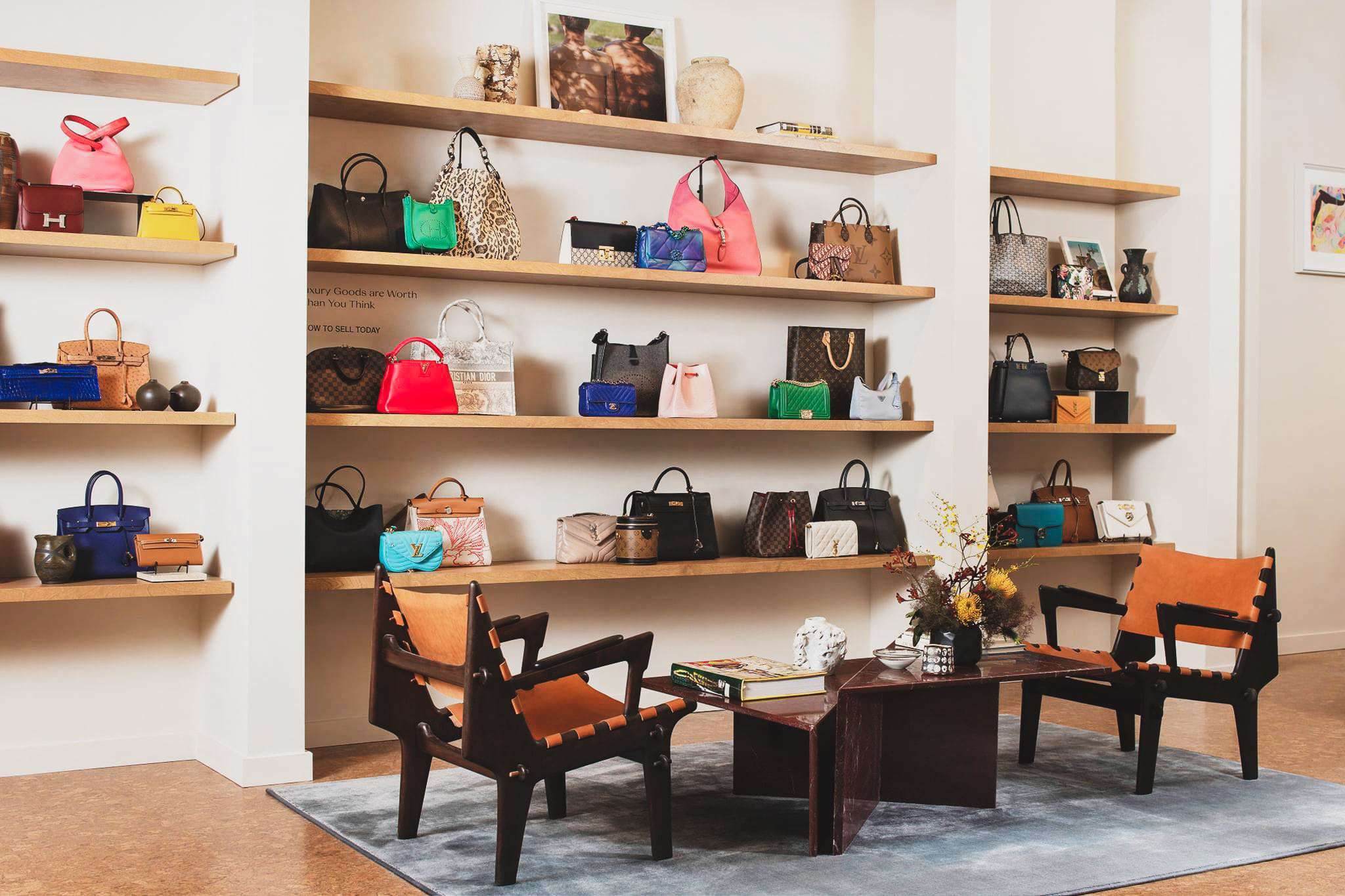Looking to refresh your wardrobe sustainably? Secondhand platforms and eco thrift stores may be your best bet as the resale market is booming with sustainable options.
The nineties and early oughts were all about rom-coms. And, aside from meet-cutes and grand declarations of love, one of their biggest staples was the makeover sequence, which always involved new clothes. Retail therapy was sold as the key to happiness, popularity, and even finding “the one.” Throughout the 2010s, things didn’t change. The rise of social media made the fast fashion industry bigger, more accessible, and more desirable than ever. Now, consumers around the world buy around 80 billion new items of clothing per year. But all of this comes with a price: the planet.
The fashion industry emits ten percent of all global greenhouse gas emissions, which makes it the second-largest industrial polluter in the world. Plus, the excessive use of chemicals it takes to create clothes also pollutes waterways, soil, and local communities. It takes approximately 77 gallons of water to make one new garment and there are more than 100 billion garments produced annually. But not all of the damage from fashion happens in the supply chain. After a garment has been produced, sold, bought, and worn, it often ends up in the landfill. In fact, in the U.S., around 85 percent of all textiles are thrown away. And because most are made with synthetic materials, they don’t biodegrade yet nearly 95 percent of apparel that goes to landfills could be reused or recycled.
It’s all a bit of an environmental nightmare. But there is a way to enjoy shopping and reduce your impact on the planet at the same time: thrifting. The second-hand fashion industry, which helps to keep clothes out of landfills for longer, is growing. By 2026, the market is expected to hit a value of $51 billion. The bottom line is that the growing market for fast fashion is taking a serious toll on the environment. Over the last few years, secondhand fashion stores have become increasingly popular amongst conscious consumers who want to shop sustainably.
Sustainable luxury secondhand platforms
If you want to indulge in some retail therapy while respecting the environment, we’ve put together a few of the best online eco-thrift stores to shop now.
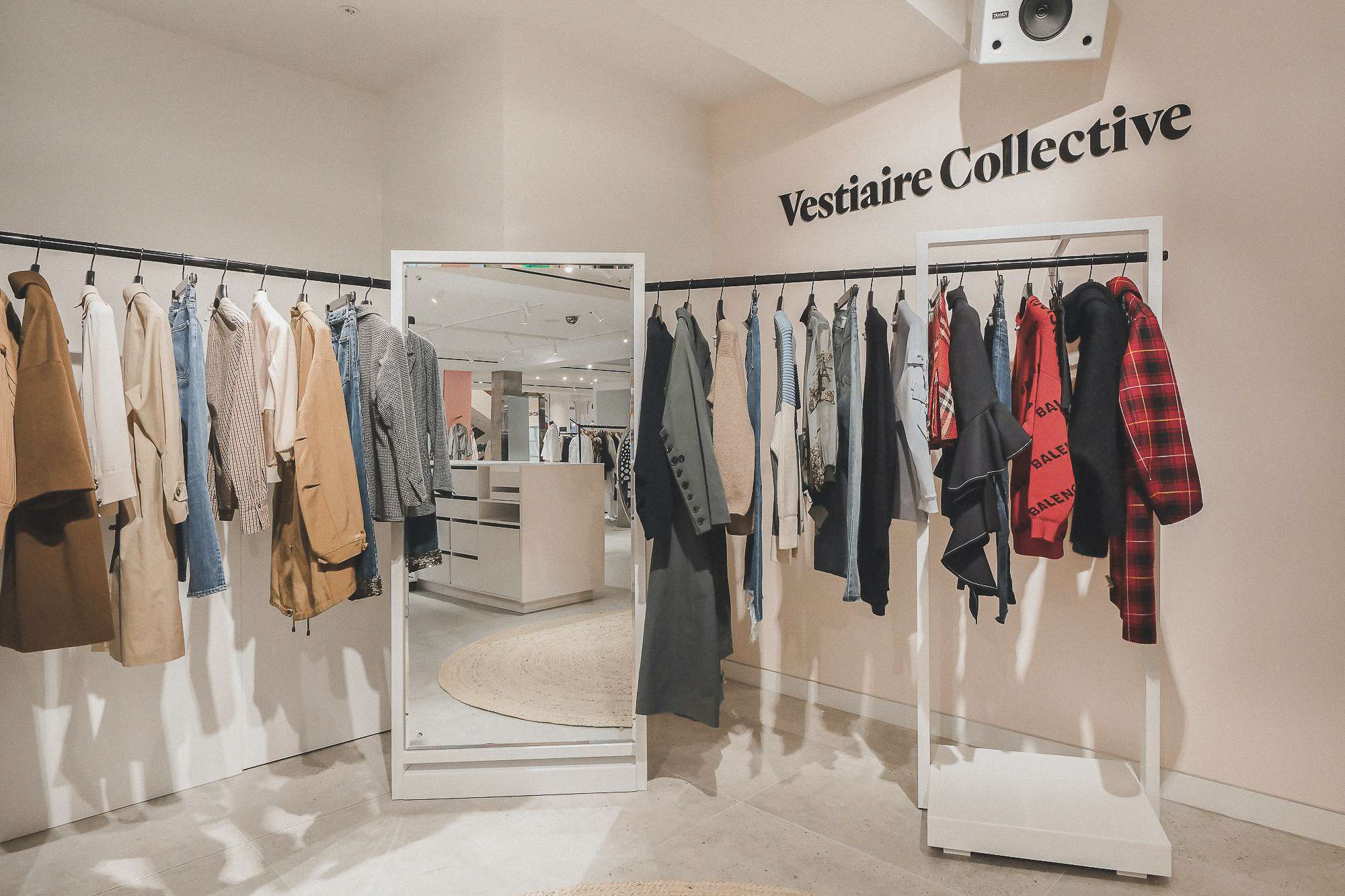
1. Vestiaire Collective
For lovers of all things designer, Vestiaire Collective is a dream come true. It recently hit headlines for banning all fast fashion from its site, which means it now only stocks garments from the most expensive, most prestigious names in the business, only, because they’re secondhand, the price tag is significantly lower than buying straight from the brands themselves. It has second-hand deals on everything from Gucci to Prada to Hermès.
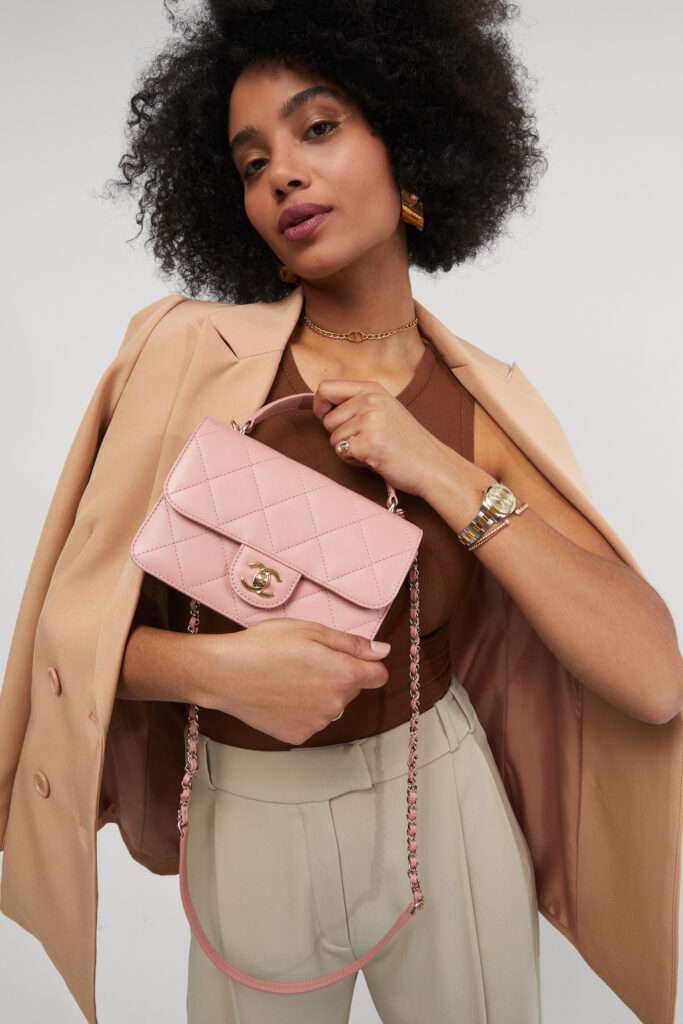
2. Fashionphile
Fashionphile’s curation is so detailed you won’t know you’re shopping secondhand at all. The platform specializes in pre-loved handbags and accessories from Hermès to Chanel and everything in between. With locations in partnership with Neiman Marcus and a pop-up now at Fred Segal in Los Angeles, you can shop in person or online.
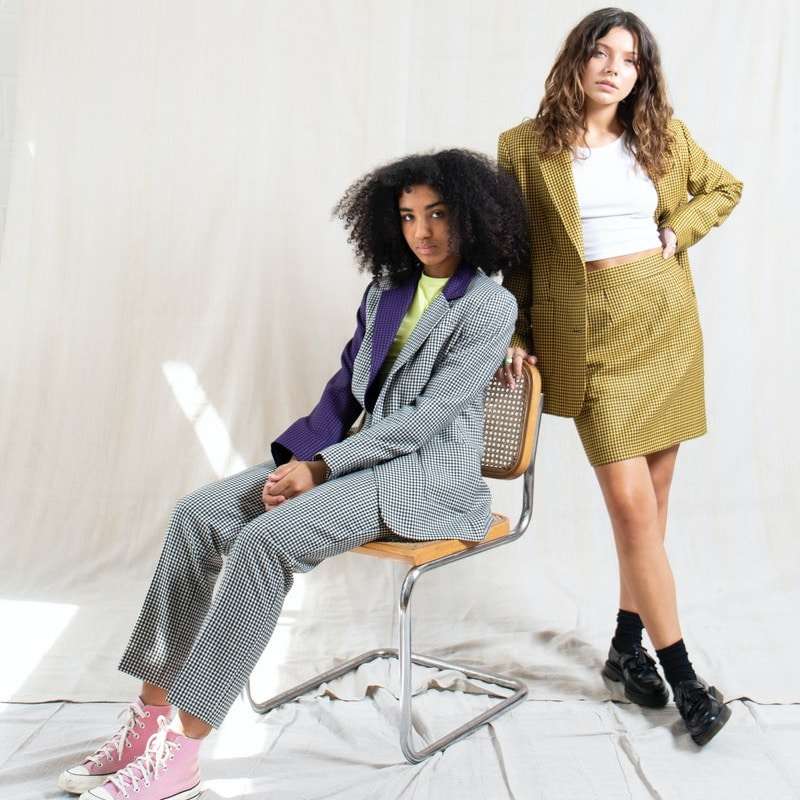
3. Depop
Gen-Z favorite Depop has been going since 2011, but in the last few years, as shopping habits have changed, the app has really started to boom in popularity. In fact, in 2021, Etsy bought the app for $1.6 billion. One of the reasons Depop has become such a hit is because it gives the same satisfyingly low-price shopping experience as fast fashion, only without the same detrimental environmental impact.
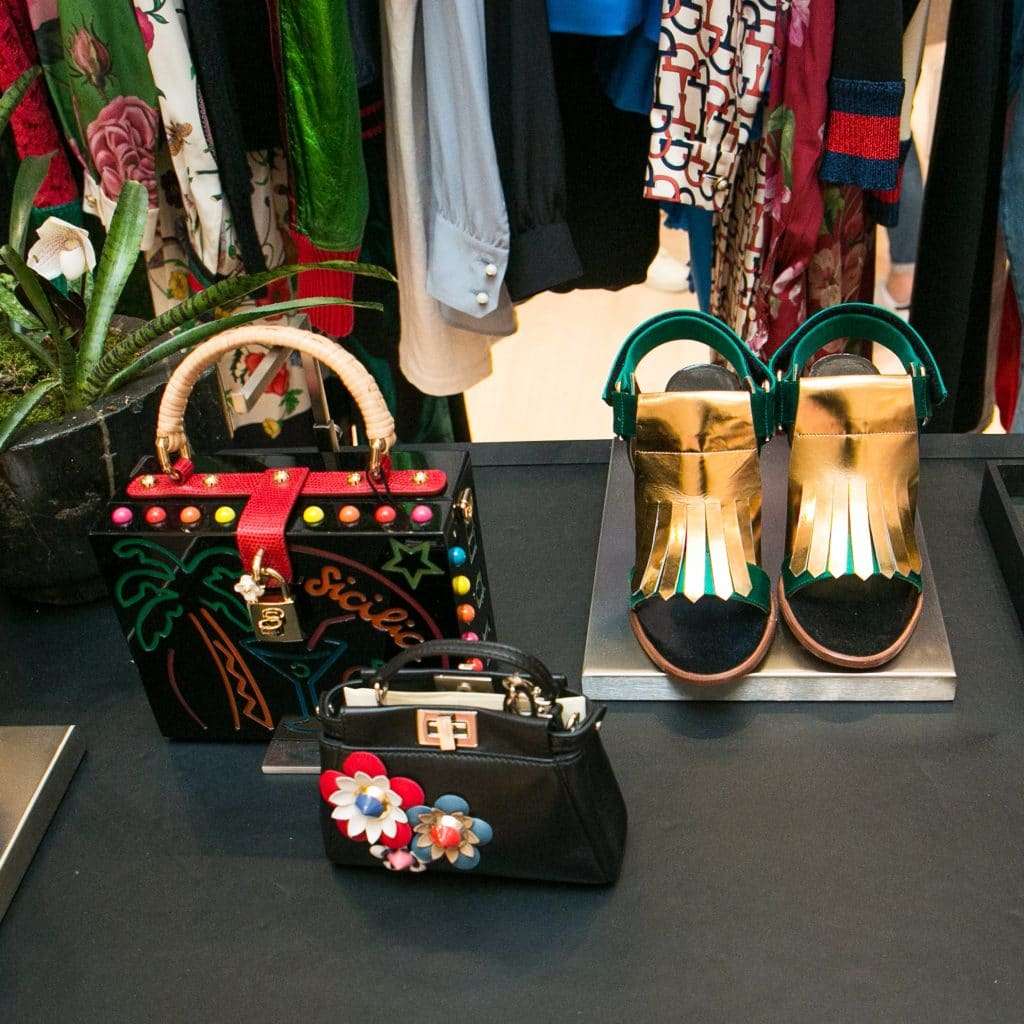
4. The RealReal
Since its inception in 2011, The RealReal has championed sustainability and quality. The platform says all items sold undergo a rigorous authentication process. Don’t expect local thrift store prices here, though. Items are typically high-end and the price range tends to fall on the more expensive side (but still cheaper than buying new). You can shop via app or in person at one of its 11 boutiques.
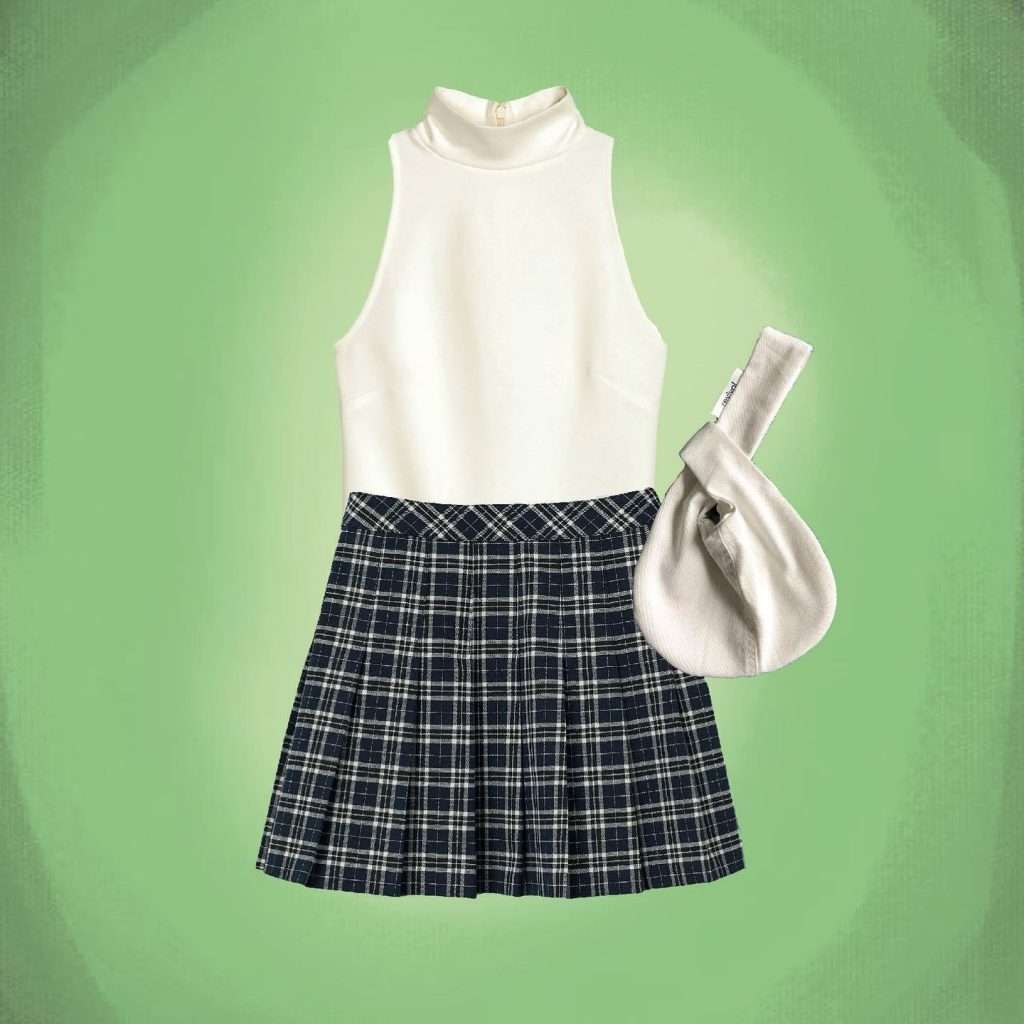
5. Re-Fashion
Re-Fashion doesn’t just keep clothing out of the U.K.’s landfills; it is also raising money for good causes. Between 20 to 60 percent of every purchase price goes to support the Rieves Foundation, a charity focused on protecting the environment through sustainable development.
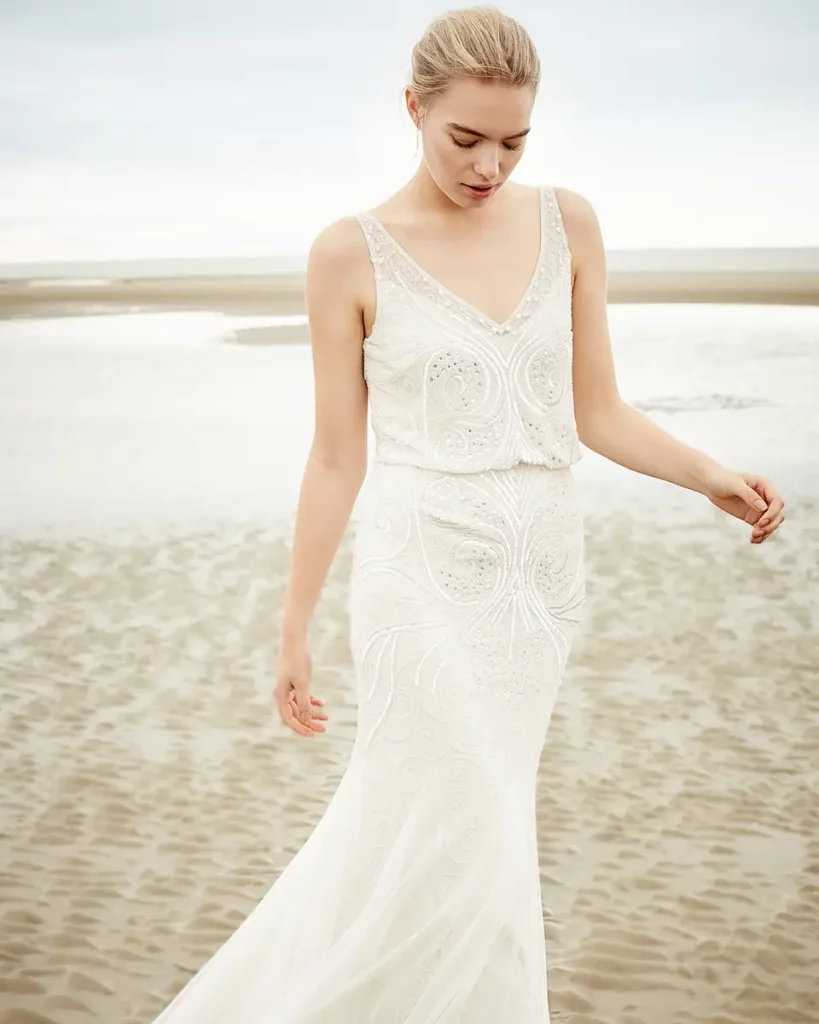
6. Still White
Hopefully you only wear your wedding gown once. While rental sites are gaining popularity, too, there’s also another option: buying secondhand. Still White is the largest secondhand wedding dress platform with more than 50,000 dresses at any given time. If you’re the sentimental and sustainable type, this is a great option for keeping your dress but not the footprint.
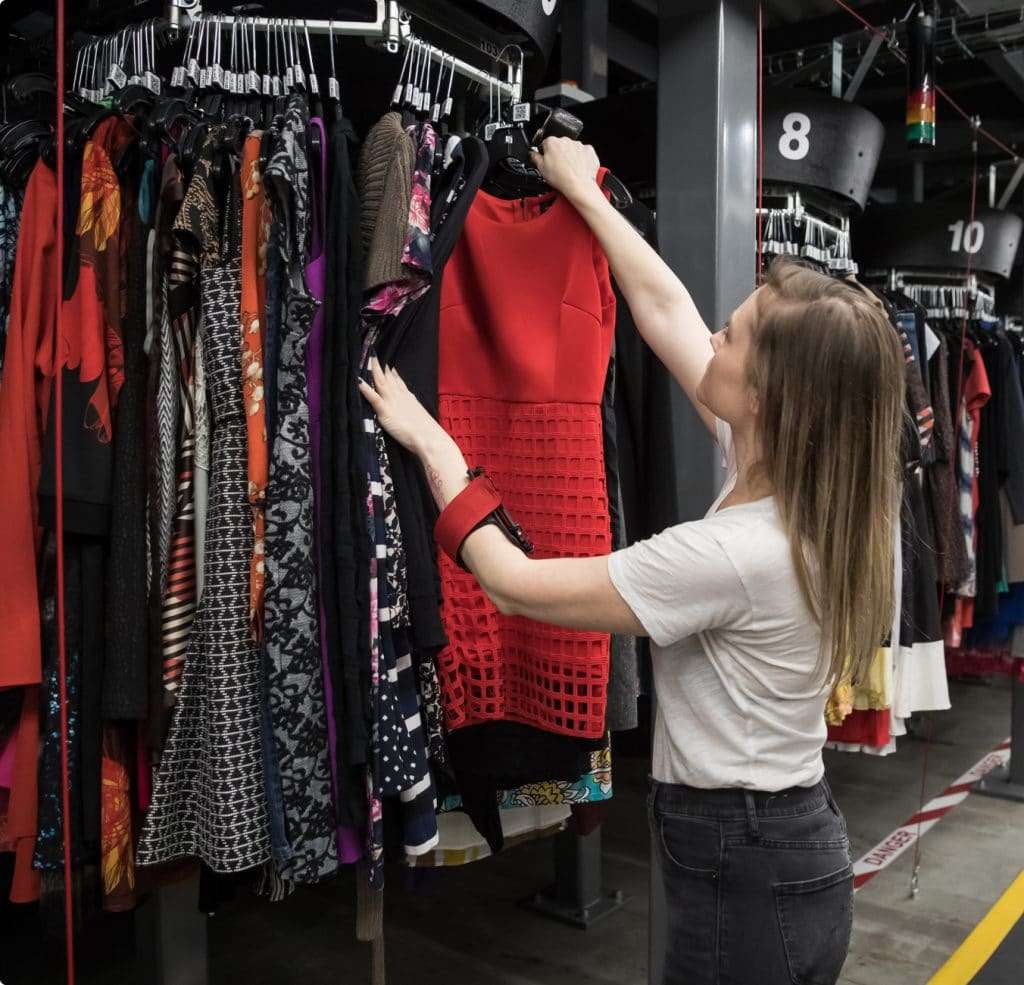
7. ThredUp
Founded in 2009, ThredUp was one of the first brands to try and modernize the thrifting market. Gone were the days of sifting through rails and rails of old clothes in a stuffy basement, instead, you could sit in the comfort of your own home and browse ThredUp’s virtual marketplace. Now, the brand is one of the biggest thrifting platforms in the world, and you can browse everything from Nike trainers to designer handbags.

8. Poshmark
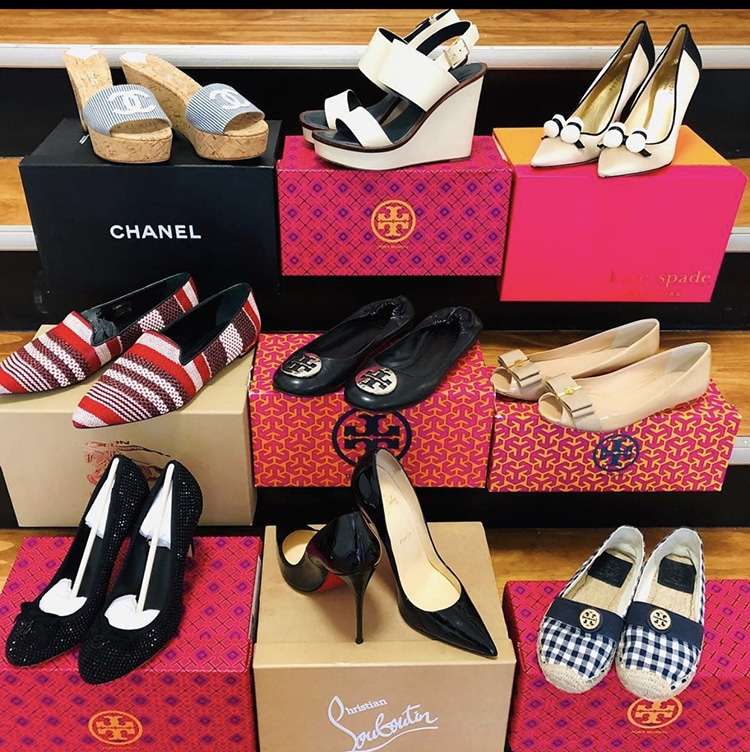
9. Encore Clothing
Encore Clothing is bringing secondhand style to South Africa through consignment and resale. Expect a boutique experience only without the boutique prices on high-market clothing, shoes, bags, and accessories. It’s also a great stop for the little ones on your shopping list so your kids’ wardrobes are as sustainable as yours.
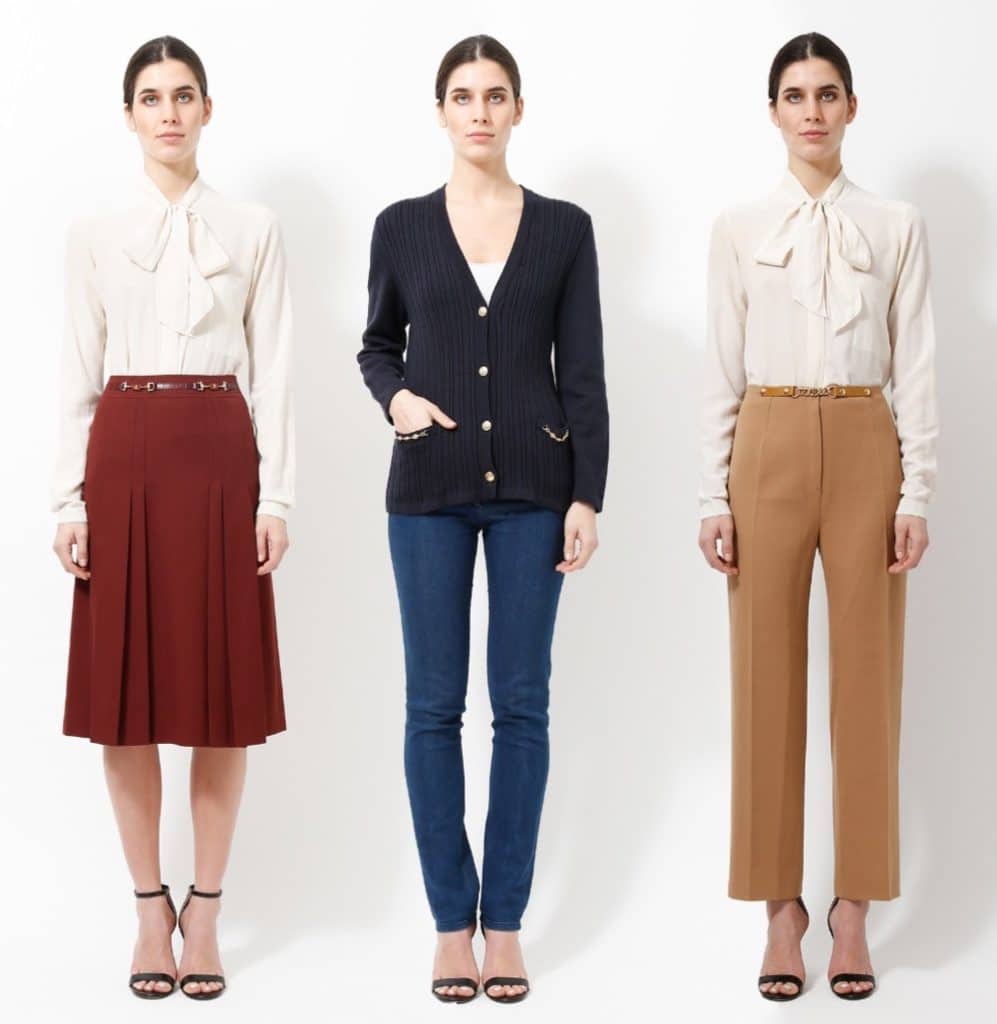
10. Re-SEE
Founded by fashion industry veterans Sofia Bernardin and Sabrina Marshall, Re-SEE in a Paris-based platform offering premier vintage and pre-loved fashion as well as luxury handbags. All items are authenticated by experts and even repaired when necessary.
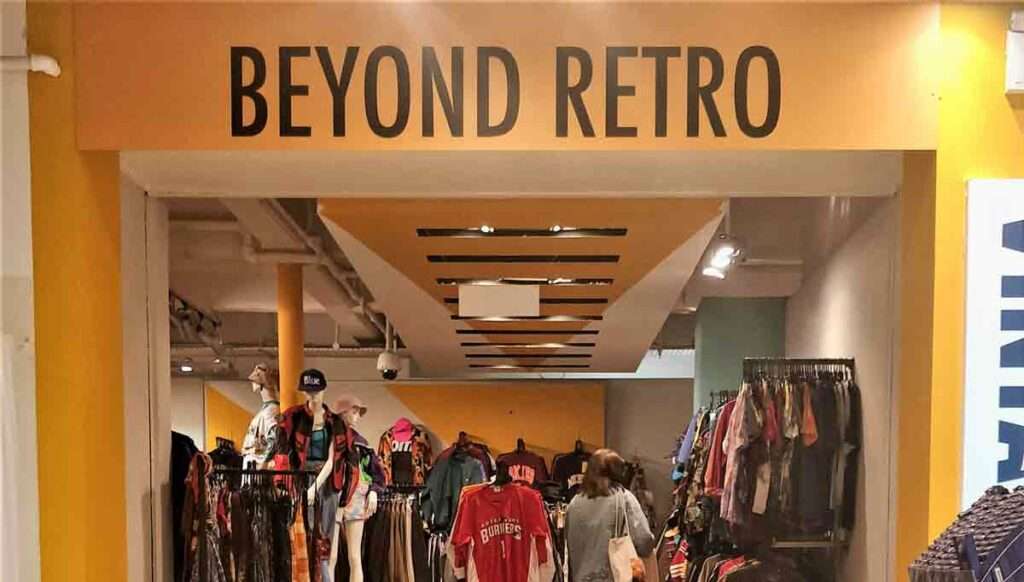
11. Beyond Retro
Beyond Retro is the home of vintage fashion. It started off with bricks n mortar shops in the early oughts but has since turned into a marketplace giant, and one of the most popular online vintage stores in the UK. Its virtual stores are lined with everything from 1960s mini dresses to 1980s denim vests. If you’ve got a thing for any one particular time period, Beyond Retro makes it easy to browse all the best finds, as you can even shop your clothes by era.
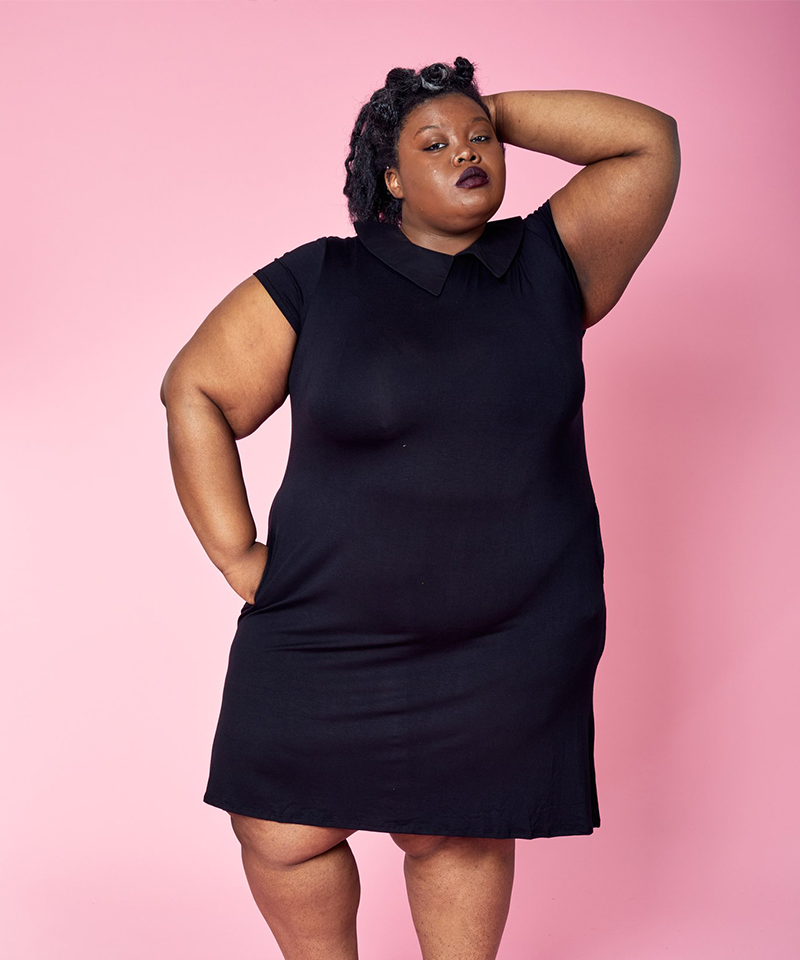
12. Plus Bklyn
Thrifting has many environmental benefits, but it’s not perfect. For people with bigger bodies, it can be difficult to find a diverse and desirable range of plus-size clothes. But Plus Bklyn is out to make things easier. Based in New York City, the store specializes in plus-size garments only. It does sell new clothing, but it also specializes in second-hand and vintage clothing too. If you live nearby, you can also drop off some of your old clothing and receive 40 percent off the resale value in store credit.

13. Vinted
Founded in Lithuania 15 years ago, Vinted, which has a similar model to Depop, has been steadily rising in popularity over the last few years. The app is filled with fast fashion and designer second-hand treasures alike. Plus, you can even stock up on cushions, blankets, PlayStation games, pet bowls and collars at the same time, thanks to the brand’s additional homeware, entertainment, and petcare categories.
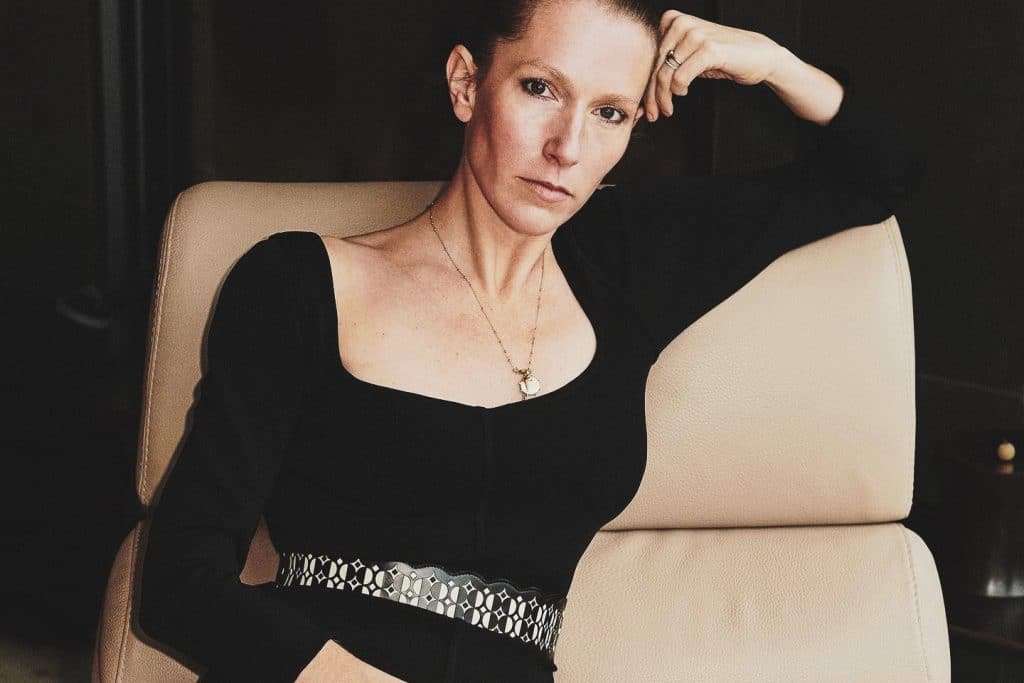
14. Reluxe
Founded by British Vogue contributor and stylist Clare Richardson, Reluxe is bringing a focus to style with the help of celebrity stylists and designers to not only give you wardrobe tips and ideas but to also elevate the conversation around secondhand fashion and why it’s the sustainable choice.

15. Lucky Sweater
Love secondhand and sustainable fashion? Then you’ll love Lucky Sweater. This clothing swap platform is like a dating app, but for your eco clothes. It has a strict commitment to sustainable, handmade, and vintage fashion, so you’re only getting and trading clothes good for the planet. There’s no buying or selling here; you list items in your closet, star items you like from others, and if it’s a match, you swap items.
Related on Ethos:
All products featured on Ethos have been independently selected by our editorial team.
When you buy something through our links, Ethos may earn an affiliate commission.

